(NLDO) - An attacker from space once plunged into the Sahara 345 million years ago, completely destroying an area of land the size of a city.
An analysis from the Lunar and Planetary Institute (LPI - USA) shows that the mysterious eye-shaped structure that satellites have captured in the middle of the Sahara desert is the vestige of an ancient "space killer".
It is a very spooky structure with a clear eyeball in the middle of the desert in Northern Chad, inside the "white" are sand dunes that are constantly shifting, making this eye look like it is moving.
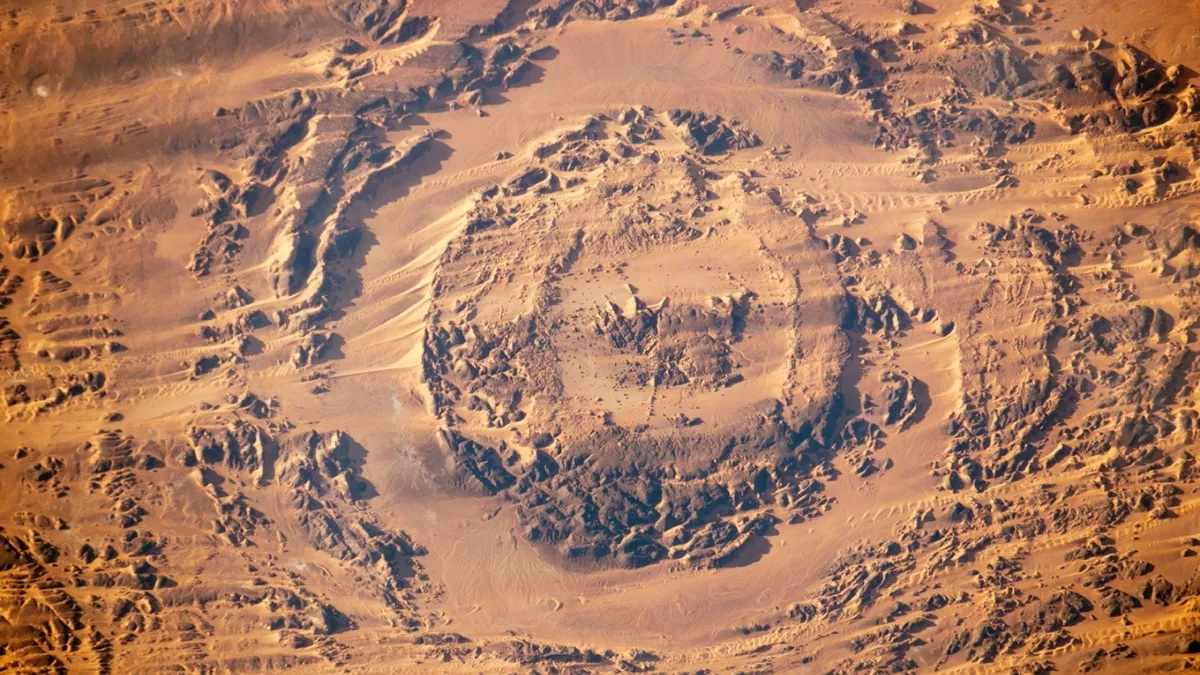
The mysterious eye in the middle of the Sahara is a trace left by an attacker from space - Photo: NASA
Since it was clearly photographed from space in 2013, scientists have been trying to figure out what it is, as well as track how it has changed over time.
The latest results have confirmed it is an ancient impact crater up to 12.6 km wide, with many "migrating dunes" inside, which can move up to 30 m each year.
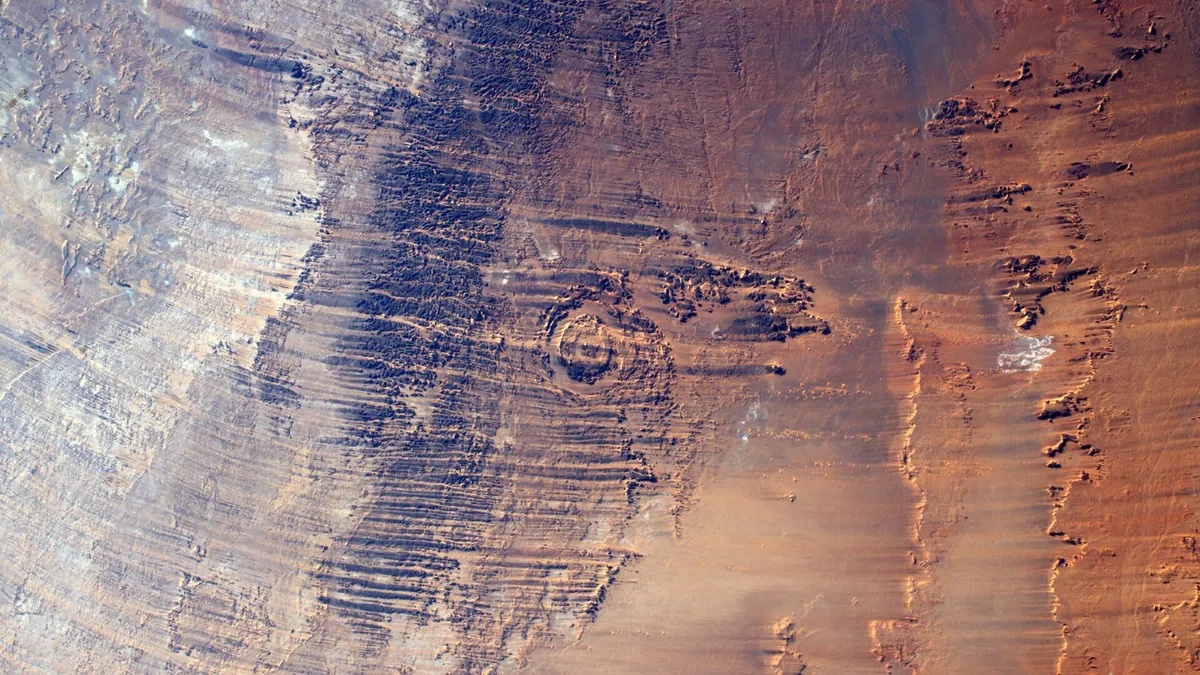
Ancient impact crater in panoramic photo - Photo: NASA
The crater is made up of two rings, giving it the appearance of a large, glaring eye: The inner ring has a central hill or unidentified raised structure that resembles a pupil; the outer ring resembles an eyelid.
The rings are now up to 100 m above the surrounding ground, but that is because they have been eroded over time. Their original height may have been considerably greater.
Experts believe the structure formed about 345 million years ago and was likely created by a meteorite about 600 meters in diameter.
At that size, it would have been what modern astronomers call a "city killer asteroid," powerful enough to completely obliterate a city if it were to hit Earth today.
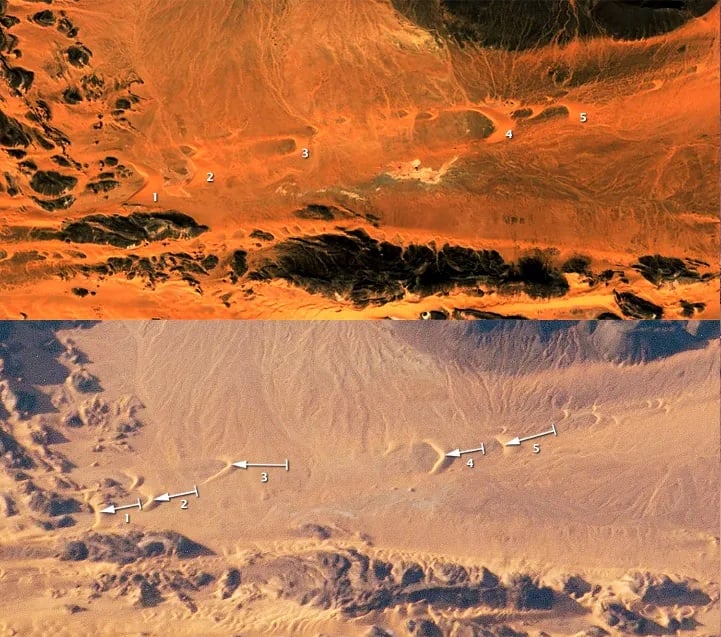
Image depicting some shifting sand dunes inside the "white of the eye" - Photo: NASA
At 345 million years ago, humans were still far from being around. However, the ecosystem that was already quite rich at that time was certainly severely damaged by this disaster that literally “fell from the sky”.
This massive space rock is large enough to cause widespread damage across northern Africa and could even cause climate effects on a global scale.
It's not unusual for sand dunes to move in the desert, but it's the complex structure created by the collision that affects how the dunes move and adds to the overall spooky look.
The discovery of similar terrible "scars" across the Earth's surface has motivated space scientists to design and upgrade planetary defense missions, because such attacks could repeat themselves at any time.
Source: https://nld.com.vn/con-mat-chuyen-dong-giua-sahara-do-sat-thu-vu-tru-de-lai-19624112709393654.htm



![[Photo] Closing of the 11th Conference of the 13th Central Committee of the Communist Party of Vietnam](https://vstatic.vietnam.vn/vietnam/resource/IMAGE/2025/4/12/114b57fe6e9b4814a5ddfacf6dfe5b7f)
![[Photo] Overcoming all difficulties, speeding up construction progress of Hoa Binh Hydropower Plant Expansion Project](https://vstatic.vietnam.vn/vietnam/resource/IMAGE/2025/4/12/bff04b551e98484c84d74c8faa3526e0)



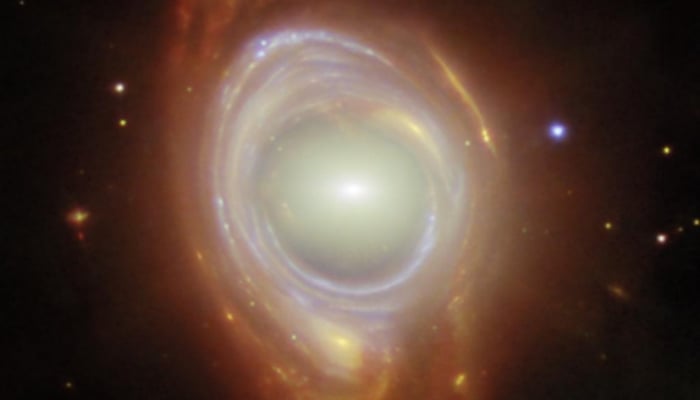

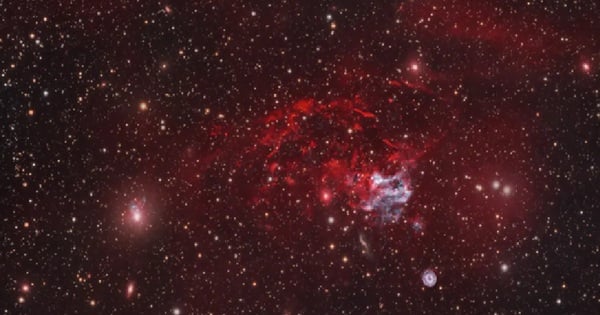
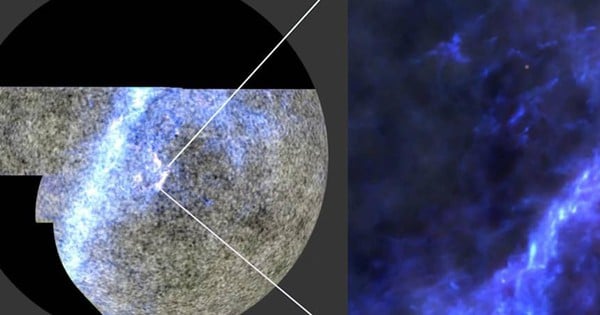
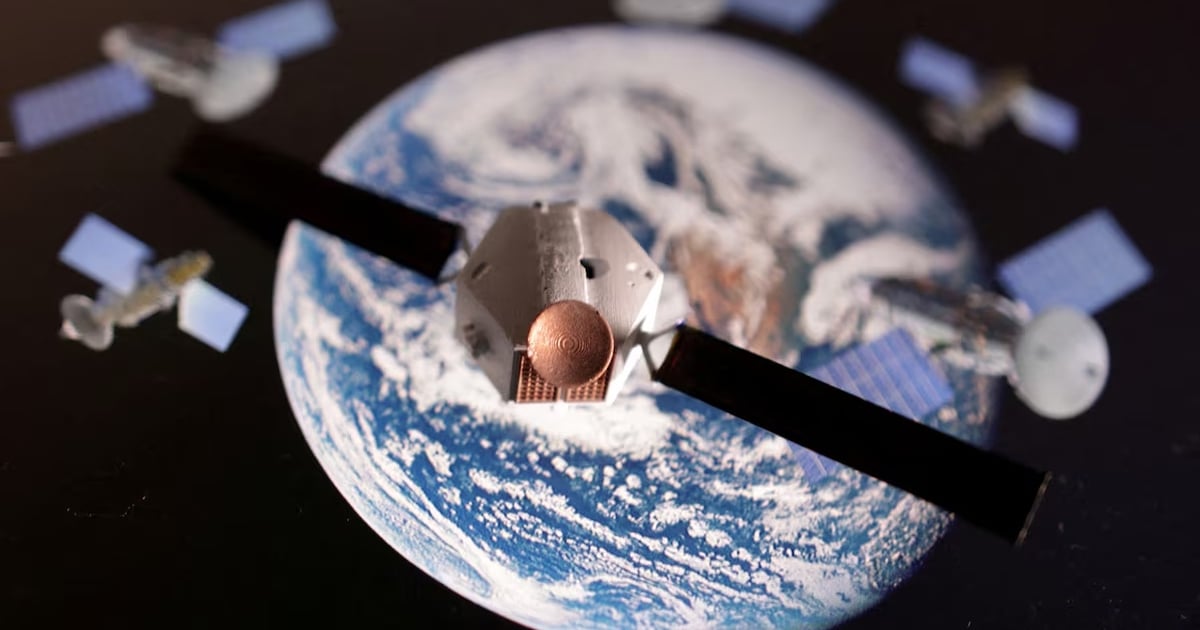

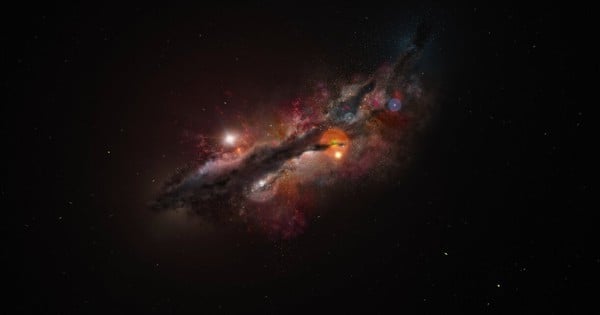
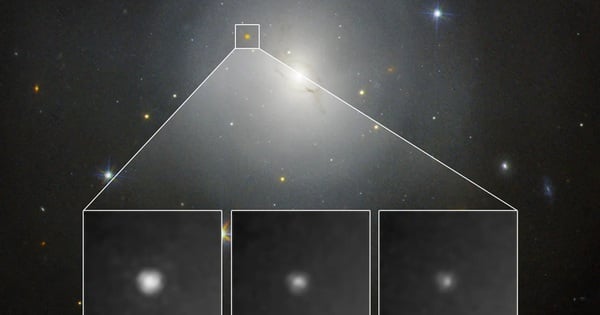

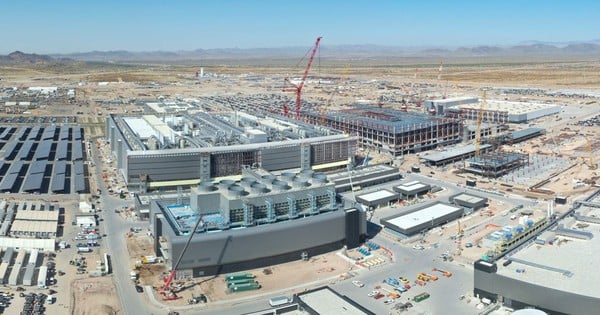











































































Comment (0)